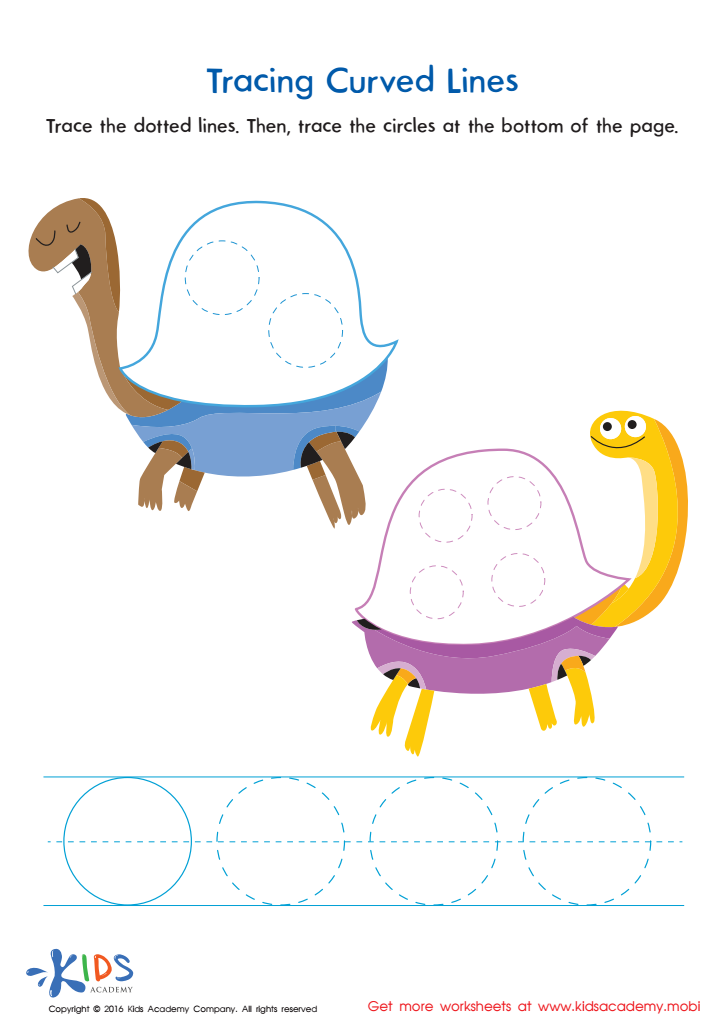Normal Tracing Lines and Curves Worksheets Activities With Answers for Ages 4-6
5 filtered results
-
From - To
Explore our engaging "Normal Tracing Lines and Curves Worksheets for Ages 4-6," designed to enhance your child's motor skills and hand-eye coordination. These fun and interactive activities help young learners practice tracing straight and curved lines, preparing them for future writing skills with ease. Each worksheet comes equipped with clear answers for parents to guide their children. With colorful designs and varied exercises, your little ones will enjoy the journey of learning through tracing while boosting their confidence and concentration. Start supporting your child’s educational development today with the perfect blend of fun and learning! Download now and watch them thrive!
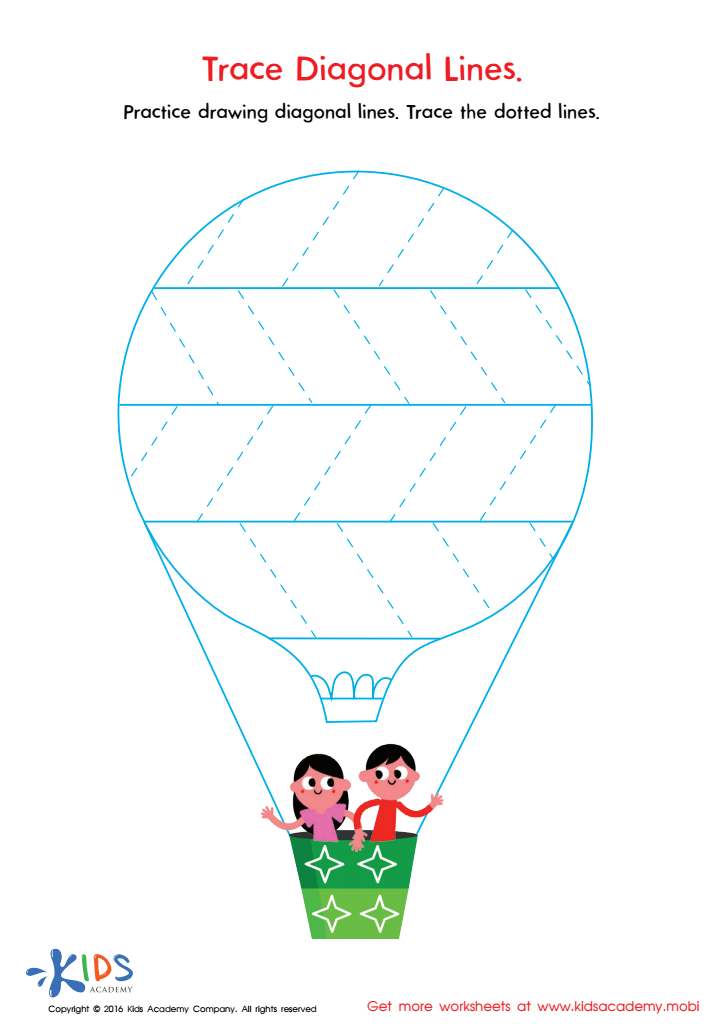

Trace Diagonal Lines Worksheet
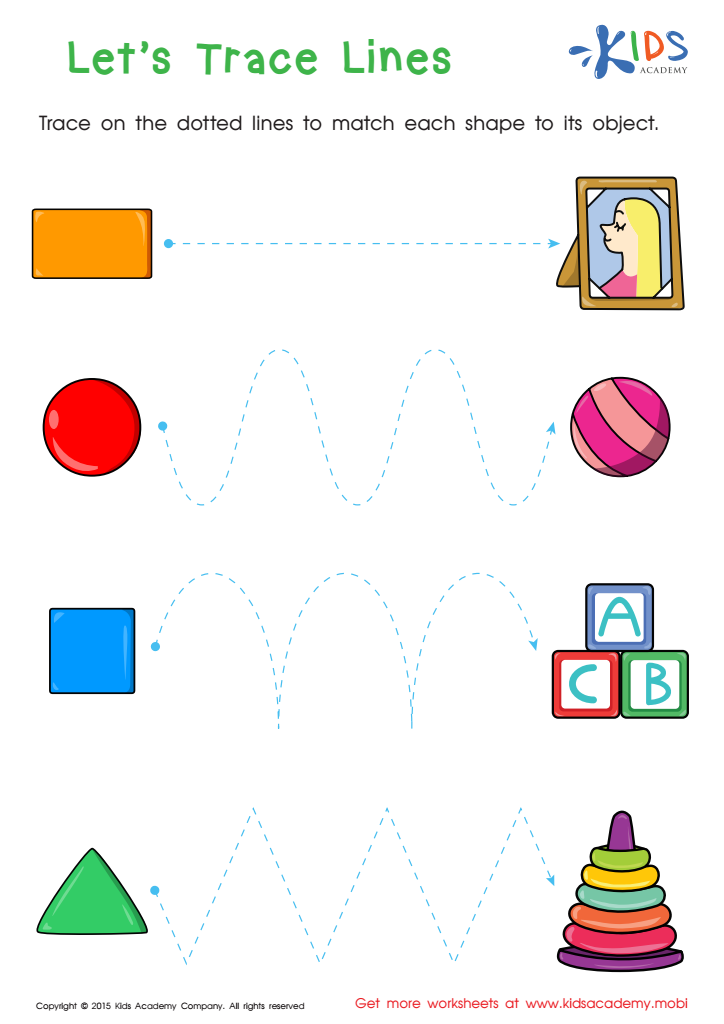

First Words: Let's Trace Lines Worksheet
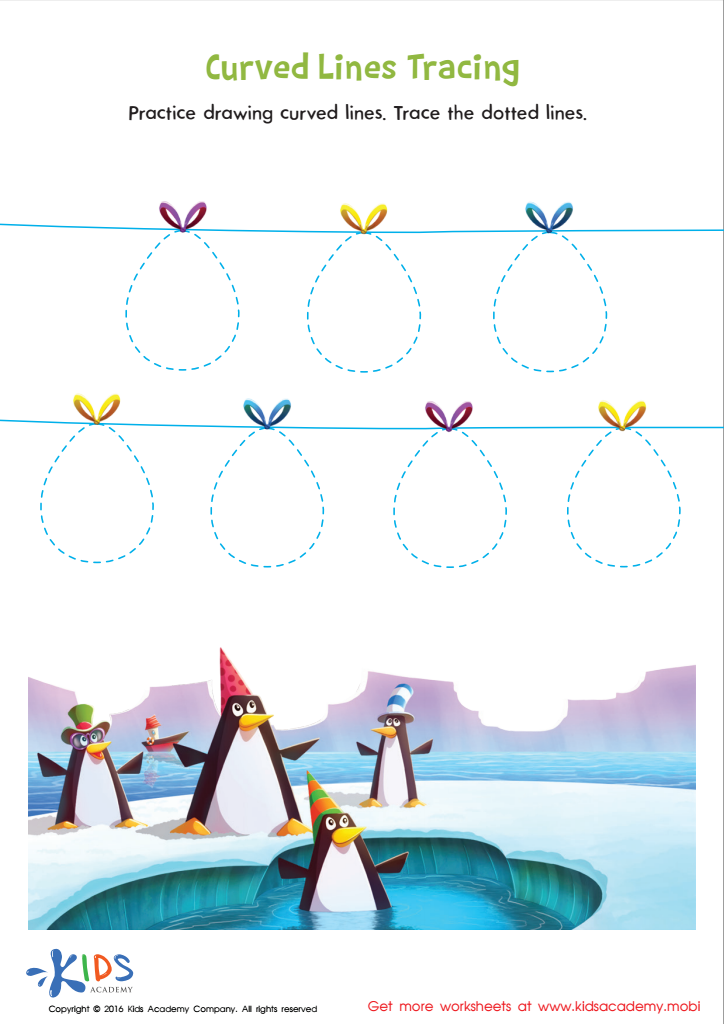

Curved Lines Tracing Worksheet
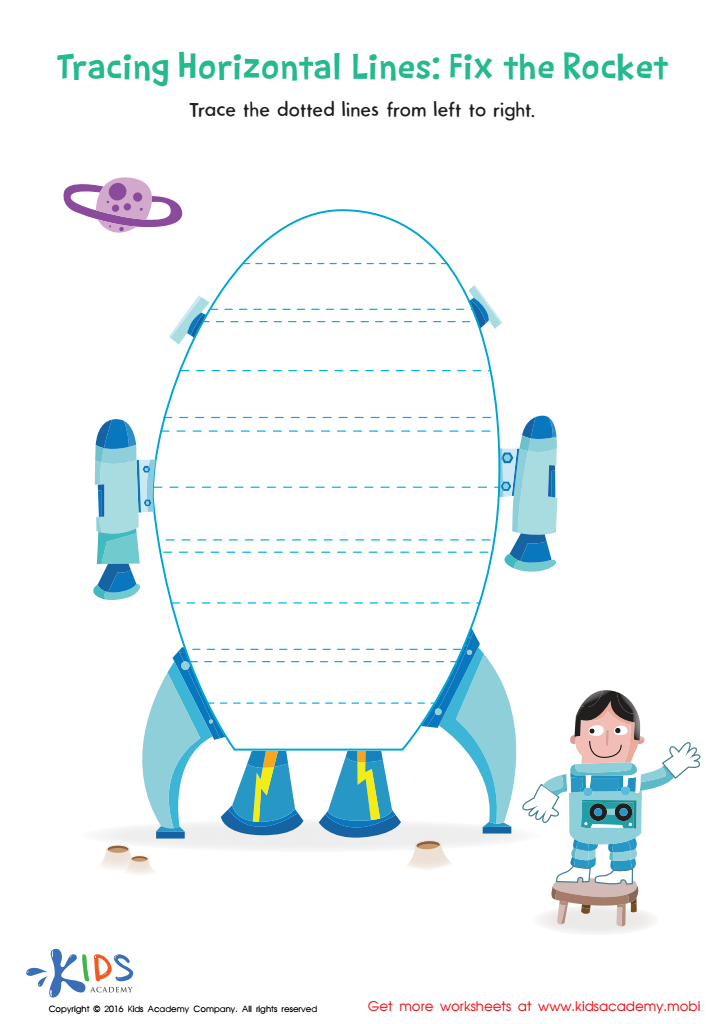

Tracing Horizontal Lines Worksheet
Normal Tracing Lines and Curves Activities are crucial for young children's development, particularly for ages 4-6. These activities enhance fine motor skills, which are essential for tasks such as writing, drawing, and completing puzzles. When children engage in tracing, they practice hand-eye coordination, improving their ability to control their movements with precision. This foundational skill sets the stage for future academic success.
Moreover, tracing activities promote cognitive development. As children follow lines and curves, they develop spatial awareness and understanding of shapes. This understanding is critical for tasks involving geometry later in their education. Additionally, tracing fosters creativity and self-expression; children discover how to manipulate lines and curves, leading to unique artistic outcomes.
Parents and teachers should also recognize that engaging in tracing can foster patience and persistence, teaching children to focus on a task and see it through to completion. By incorporating these activities, adults provide a fun and interactive way of learning that can reinforce various developmental areas, including critical thinking and problem-solving.
Overall, from enhancing motor skills to boosting cognitive abilities, Normal Tracing Lines and Curves Activities play a significant role in early childhood education, promoting a well-rounded developmental experience for young learners.

 Assign to My Students
Assign to My Students
